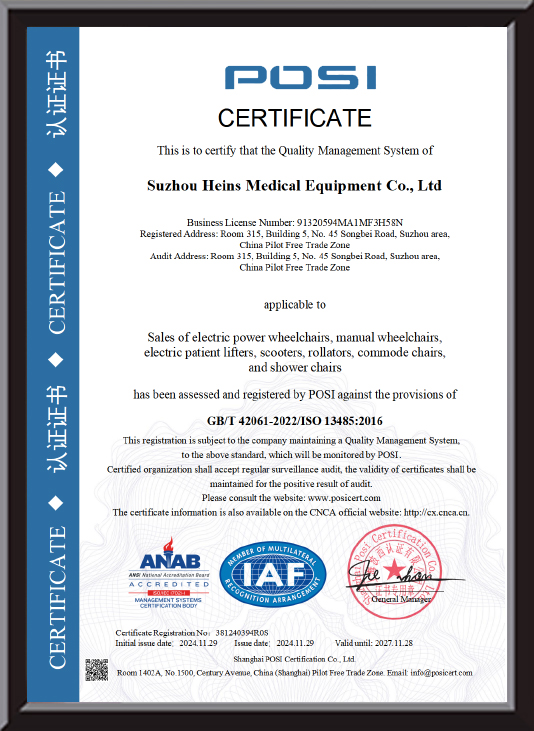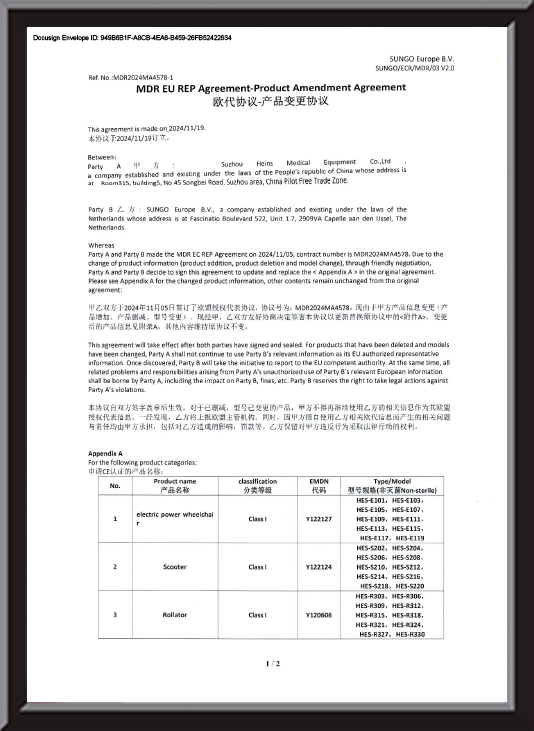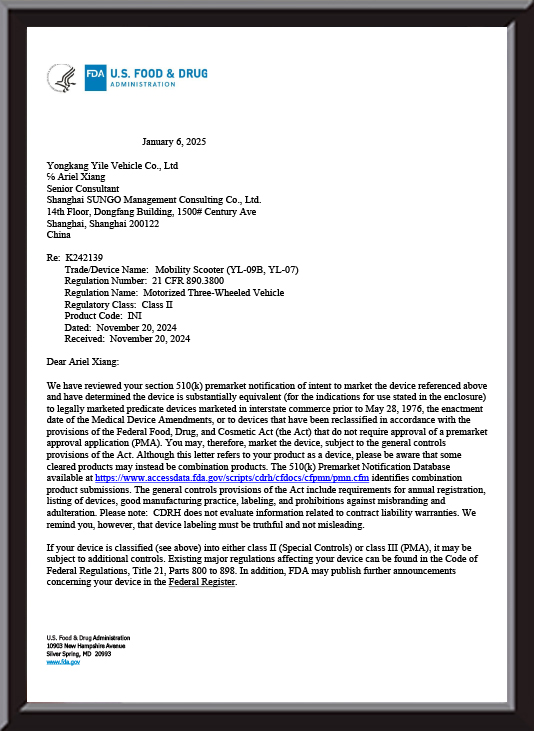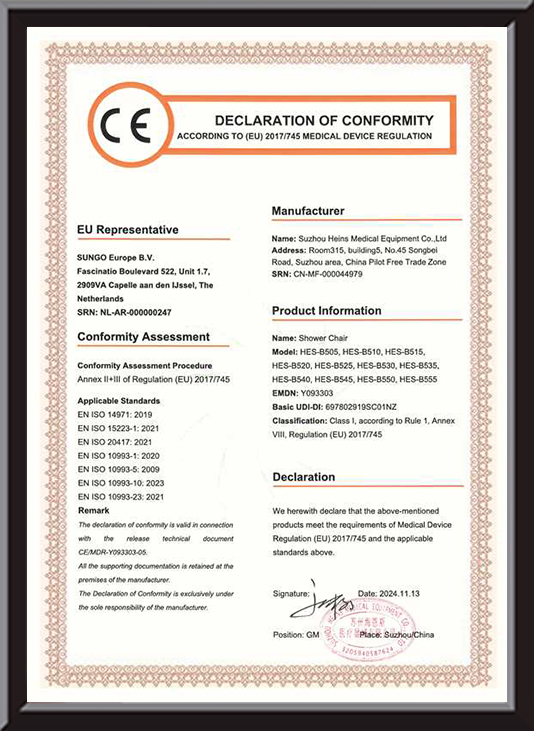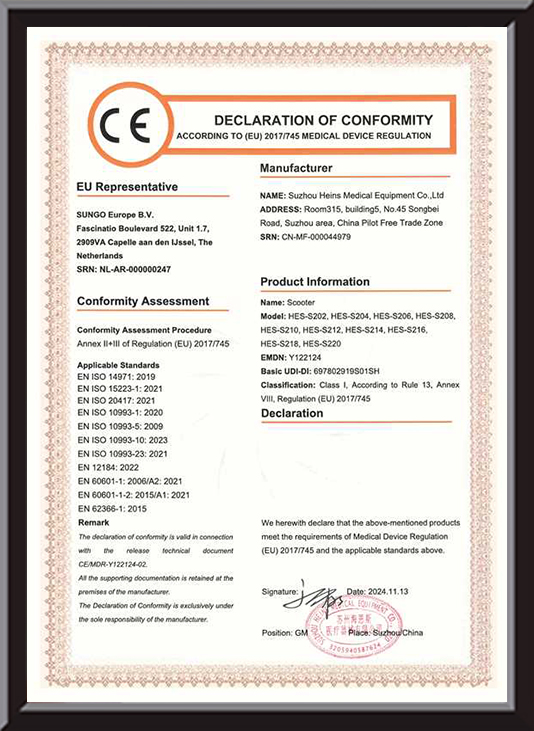-
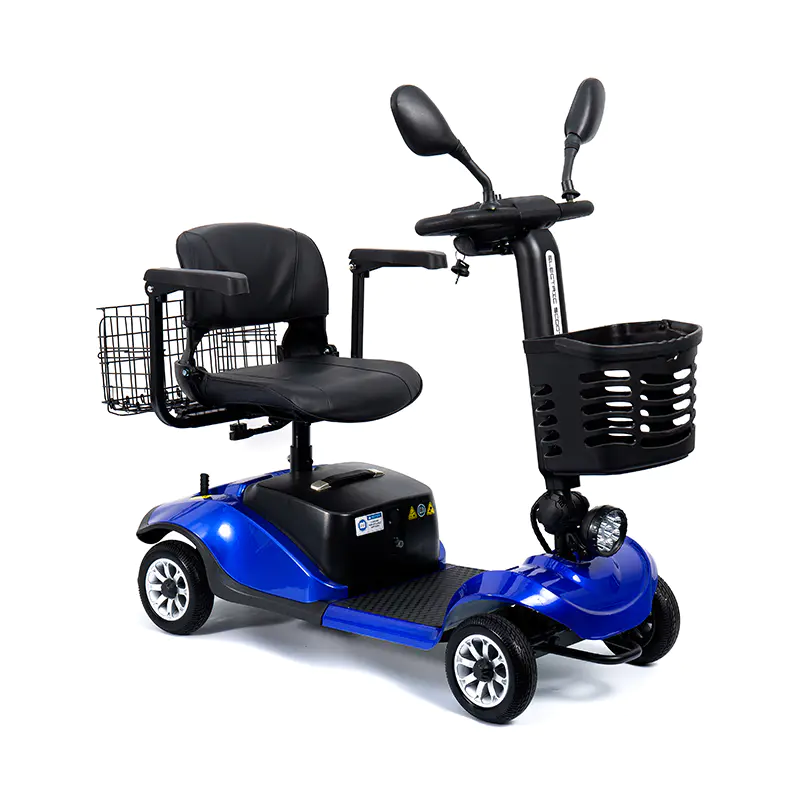 YL-09BVIEW MORE YL-09B Folding 4-Wheel Lightweight Mobility Scooter with Basket Features:Built with a robust steel frame, this comfort-class mobility scooter ensures stable perform...
YL-09BVIEW MORE YL-09B Folding 4-Wheel Lightweight Mobility Scooter with Basket Features:Built with a robust steel frame, this comfort-class mobility scooter ensures stable perform... -
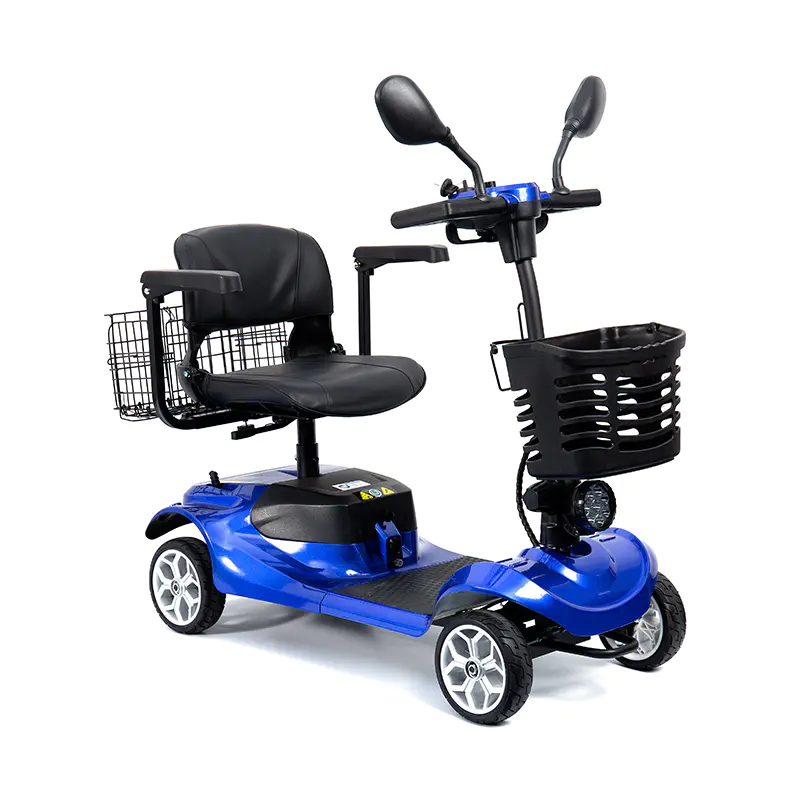 YL-09SVIEW MORE YL-09S Long Range 20km Adults & Seniors Foldable Powered Scooter Features: The YL-09S is a durable and versatile mobility scooter built for everyday convenience. Its...
YL-09SVIEW MORE YL-09S Long Range 20km Adults & Seniors Foldable Powered Scooter Features: The YL-09S is a durable and versatile mobility scooter built for everyday convenience. Its... -
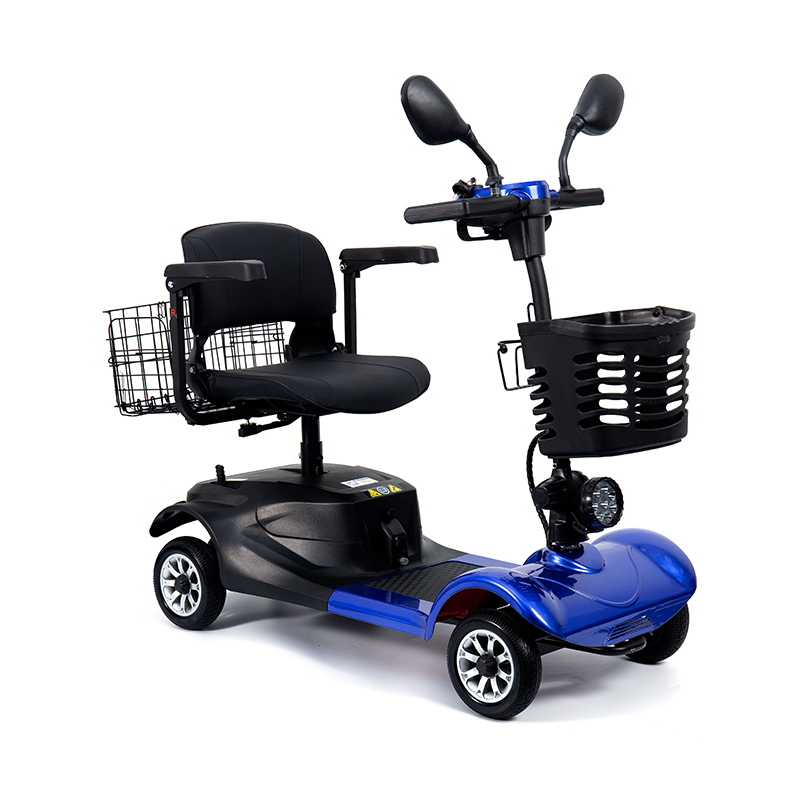 YL-08SVIEW MORE YL-08S Heavy-Duty 4 Wheel Folding Mobility Scooter with 12°Climbing Capacity Highlights:Stable & Durable Structure: Built with a high-strength steel frame, this scooter ensu...
YL-08SVIEW MORE YL-08S Heavy-Duty 4 Wheel Folding Mobility Scooter with 12°Climbing Capacity Highlights:Stable & Durable Structure: Built with a high-strength steel frame, this scooter ensu...
Custom Powerful Motor Scooter Manufacturers
The seat follows an ergonomic design that perfectly supports the body's natural curves. Paired with soft, breathable premium fabrics, it keeps you cool and comfortable even on longer rides. The unique shock absorption system acts like a built-in cushion, effectively reducing vibrations whether you're cruising on city streets or navigating slightly uneven country roads for a smoother, more comfortable experience.
Power-wise, it's equipped with a high-performance motor that effortlessly handles various road conditions. With simple controls, even first-time users can start riding with confidence. Its steering system is precise and flexible, making turns easy and natural. A large-capacity battery ensures excellent range to meet daily and short-distance travel needs. Whether for seniors heading out for a stroll or for those with limited mobility running errands, this scooter is a thoughtful, comfortable companion for every trip.
-
Amid accelerating population aging and increasingly refined rehabilitation needs, the demand for safe, adaptable, and user-friendly assistive equipme...
READ MORE -
The foldable electric mobility scooter has become an essential tool for many individuals seeking convenient, efficient, and independent transportation...
READ MORE -
The Powerful Motor Scooter has become an increasingly popular choice among mobility device users who value efficiency, stability, and independence. Co...
READ MORE -
Heins Medical to Showcase a Diverse Range of Rehabilitation Aids atRussian Health Care Week 2025Exploring New Opportunities for International Collabor...
READ MORE -
The landscape of patient care is undergoing a significant shift. For decades, complex medical equipment was largely confined to acute care settings, w...
READ MORE
What breakthroughs have been made in the noise control and vibration suppression technology of electric scooters with powerful motors?
1. Technical background: Noise and vibration pain points of electric scooters
As an important means of transportation for the elderly and people with limited mobility, the comfort of powerful motor scooters directly affects the user experience. While providing efficient power, powerful motors are often accompanied by noise pollution and vibration interference - electromagnetic noise, mechanical friction noise when the motor is running, and vibration transmitted by bumps on the road, which will not only increase the user's fatigue, but also may affect physical health if used for a long time. Suzhou Heins Medical Equipment Co., Ltd. always takes "safety, comfort, and quietness" as its core goals when developing powerful motor electric mobility scooters. Its product series, such as all-terrain scooters and lightweight folding scooters, have achieved dual suppression of noise and vibration through technological innovation, creating a quieter and smoother travel experience for users.
2. Three major breakthrough directions of noise control technology
(I) Silent innovation of motor core design
Brushless motor and magnetic circuit optimization technology
Traditional brushed motors are prone to high-frequency noise due to brush friction, while high-performance brushless motors eliminate brush contact noise through the precise magnetic circuit design of permanent magnets and stator windings. Specifically, the motor stator adopts a high-density silicon steel sheet lamination process, combined with a sine wave drive algorithm, to reduce electromagnetic harmonic noise by more than 40%. For example, in the motor equipped with an all-terrain powerful motor scooter, by optimizing the permanent magnet arrangement angle (from the traditional parallel arrangement to a 15° skewed pole structure), the tooth slot torque pulsation is effectively weakened, and the electromagnetic noise is reduced from 65dB to below 58dB (test environment: 20km/h uniform speed driving).
Rotor dynamic balance and precise matching of bearings
Dynamic imbalance of the motor rotor during high-speed rotation is the main source of mechanical noise. A five-axis CNC dynamic balancing machine is used to precisely adjust the rotor, and the residual imbalance is controlled within 0.5g・mm/kg. In combination with high-precision deep groove ball bearings (tolerance grade P5), the damping coating design of the bearing seat (butyl rubber damping material is added) further absorbs the high-frequency vibration noise during the operation of the bearing. Measured data shows that this technology reduces the mechanical noise of the motor by about 12dB, which is equivalent to reducing the noise intensity by 60%.
(II) System integration of sound insulation materials and structures
Multi-layer composite sound insulation barrier
A three-layer sound insulation structure is designed between the motor compartment and the cockpit: the inner layer is a 3mm thick butyl rubber damping plate, which absorbs vibration energy through viscoelastic materials; the middle layer is a honeycomb sound-absorbing cotton (pore diameter 0.5mm, density 30kg/m³), which uses air cavities to attenuate medium and high-frequency noise; the outer layer is an aluminum alloy sound insulation board, and the surface is sprayed with a nano-level sound insulation coating (thickness 50μm) to reflect the remaining noise. This structure can attenuate noise of 200-2000Hz by 25dB, which is equivalent to establishing a "silent barrier" between the motor and the user.
Fully sealed cabin and airflow optimization
In view of aerodynamic noise (such as motor cooling fan noise), the motor cabin is designed as a fully sealed structure, with a built-in centrifugal silent fan (the blades adopt a bionic serrated edge design), and with the air duct guide groove, the air flow velocity is uniformed and the eddy noise is reduced. At the same time, the body shell adopts a streamlined design to reduce wind noise during driving. At a speed of 30km/h, the wind noise is only 52dB, which is 8dB lower than that of traditional models.
(III) Low-noise upgrade of the transmission system
Combination of high-precision gears and belt drives
Traditional gear transmission is prone to noise due to tooth gap impact. In some models (such as lightweight folding scooters), a composite transmission solution of "helical gears + synchronous belts" is adopted: the helical gears adopt a grinding process (precision level up to 6), the meshing error is less than 0.02mm, and the polyurethane synchronous belt (the tooth surface is covered with a wear-resistant rubber layer) eliminates the transmission gap noise. Actual measurements show that this solution reduces the transmission system noise from 58dB to 50dB, which is close to the quiet standard of the library environment.
Vibration isolation design of the motor suspension system
The motor is fixed to the frame through an elastic suspension (made of natural rubber and metal vulcanization). The stiffness coefficient of the suspension is dynamically matched according to the motor speed (2000-4000rpm). The vibration isolation efficiency at the resonant frequency point (about 80Hz) is more than 90%, which avoids the transmission of motor vibration to the body and reduces noise radiation from the source.
3. Four innovative paths of vibration suppression technology
(I) Collaborative design of multi-stage shock absorption system
Hydraulic + spring composite front fork shock absorption
The all-terrain powerful motor electric mobility scooter uses a double-tube hydraulic front fork with built-in low-speed compression damping valve and high-speed rebound damping valve, which can automatically adjust the damping force according to the degree of road bumps. For example, when encountering a 5cm high obstacle, the front fork can reduce the impact peak from 300N to 120N within 0.1 seconds, and cooperate with the progressive spring of the rear suspension (the stiffness coefficient increases linearly from 20N/mm to 40N/mm with compression), forming a multi-stage shock absorption system of "front hydraulic buffer + rear spring shock absorption", which reduces the vertical vibration acceleration by more than 70% (test conditions: 10km/h passing through gravel road).
Intelligent adaptive shock absorption technology
Some high-end models are equipped with sensors + electronically controlled shock absorption systems: the 6-axis acceleration sensor at the bottom of the car body monitors the road bump frequency (1-20Hz) in real time, and the ECU dynamically adjusts the shock absorber damping according to the data (adjustment range 0.5-2N・s/mm). For example, when driving on rural dirt roads, the system will automatically increase the damping to reduce the pitch of the car body; on flat roads, it will reduce the damping to improve driving flexibility. This technology keeps the vibration standard deviation under different road conditions within 0.3m/s², which is much lower than the 1.2m/s² of traditional fixed damping shock absorption.
(II) Rigidity and elasticity balance of the body structure
Integrated die-cast chassis
The chassis structure is optimized through CAE simulation, and the 6061-T6 aluminum alloy integrated die-casting process is used to make the chassis modal frequency avoid the motor resonance area (200-300Hz). At the same time, reinforcing ribs are added to key parts (such as battery brackets and motor mounts), and the overall rigidity of the car body is increased by 40%, reducing the structural resonance caused by vibration. The actual measurement shows that the chassis vibration amplitude is reduced from 0.8mm to 0.3mm, which is equivalent to reducing the vibration intensity by 62.5%.
Precise layout of elastic connection points
Eight elastic connection points are set between the body and the chassis (using silicone bushings with a hardness of 40 Shore A). The position and stiffness of the connection points are determined by topological optimization, which can effectively isolate the high-frequency vibration (>100Hz) transmitted by the road surface. For example, the connection point between the seat bracket and the chassis adopts an asymmetric design with low lateral stiffness and high longitudinal stiffness. While filtering lateral bumps, it ensures the longitudinal support stability and reduces the vibration acceleration at the seat to below 0.5m/s².
(III) Application of mechanical properties of new materials
Vibration attenuation of carbon fiber composite materials
In the body frame of high-end models, carbon fiber reinforced polymer (CFRP) materials are introduced. Its specific modulus (230GPa/1.8g/cm³) is 3 times that of aluminum alloy, which can significantly improve structural damping while maintaining lightweight. For example, the damping ratio of the carbon fiber rear swing arm (0.025) is twice that of the aluminum alloy swing arm (0.012). When passing through speed bumps, the vibration attenuation time of the rear suspension is shortened from 1.2 seconds to 0.6 seconds, avoiding excess vibration residue.
Ergonomic optimization of memory foam and silicone
The seat adopts a composite structure of high-density memory foam (density 80kg/m³) and silicone cushion: the memory foam is molded according to the pressure distribution of the human body (the thickness of the pressure concentration area at the ischial bone is increased by 20%), and the silicone cushion (thickness 15mm, Shore hardness 25A) absorbs vertical vibration through elastic deformation. User tests show that after sitting for 1 hour, the vibration perception intensity of the buttocks is reduced by 55%, effectively relieving fatigue.
(IV) Smooth control technology of power output
Vector control and torque filtering algorithm
Suzhou Heins Medical Equipment Co., Ltd.'s motor controller adopts FOC (field oriented control) technology, combined with a second-order low-pass torque filtering algorithm, to control the motor output torque fluctuation within 5% (the traditional control algorithm fluctuates up to 15%). For example, at the start-up stage, the system will smoothly increase the torque at a slope of 0.5N・m/s to avoid the body movement caused by torque mutation, and reduce the longitudinal vibration acceleration from 1.5m/s² to 0.6m/s².
Road condition prediction and power adaptation
Some models are equipped with forward-looking cameras and millimeter-wave radars, which can identify potholes on the road 0.5 seconds in advance (detection distance 5 meters), and the ECU pre-adjusts the motor output power and shock absorber damping accordingly. For example, when a bump is detected in front, the system will reduce the motor torque by 10% in advance and increase the shock absorber damping by 20%, reducing the impact vibration when passing by 30%, and realizing active control of "slowing down before bumping".



 Español
Español Deutsch
Deutsch عربى
عربى
